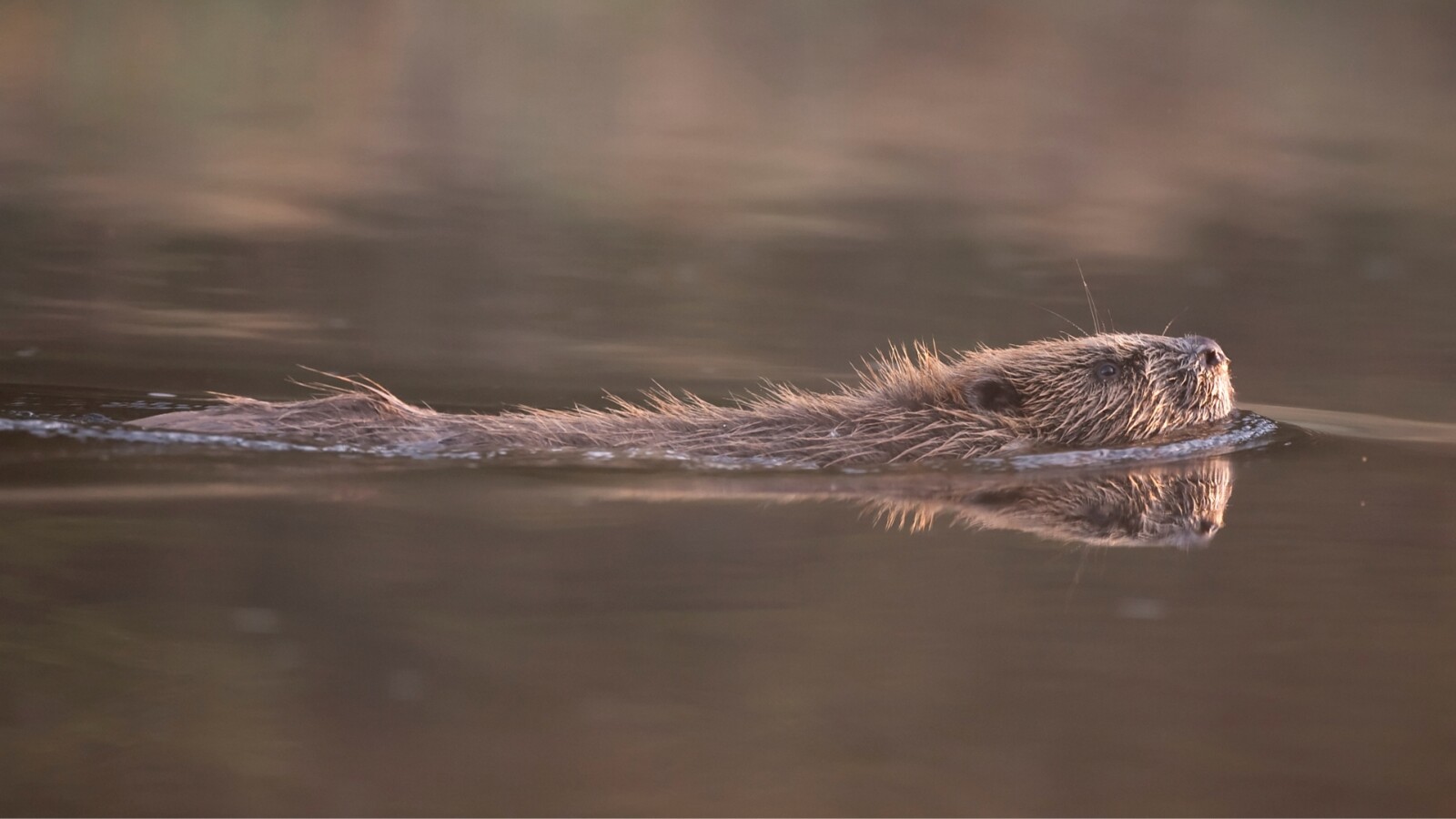Glen Affric to home beavers
Forestry and Land Scotland (FLS) and Trees for Life have been working together on a proposal to reintroduce beavers to Glen Affric. In October 2025, a family of five beavers and a beaver pair were released at two sites in Glen Affric National Nature Reserve, after a licence was granted in August for the historic return of beavers to the area. Read more here.
Up to four groups of beavers will be relocated from lower Tayside to a suitable beaver habitat on the banks of Loch Beinn a’ Mheadhoin, on land owned by FLS. These groups may be a mix of adult pairs, or pairs with dependent young.
The feasibility of relocating beavers to Glen Affric and Strathglass has been reported on specifically by Dr Roisin Campbell Palmer and Rob Needham from the Beaver Trust.
→ The full Beaver Trust report can be found here.
→ Our full FAQs can be read here.
→ Key beaver reference material relating to Scotland can be found here.
How we got here
A proposal with Forestry and Land Scotland to return beavers to Glen Affric
Work on this proposal began in 2022, when Trees for Life led a consultation in partnership with FLS and four private landowners on bringing beavers back to Glen Affric and Strathglass. Thank you to everyone who contributed their views during this consultation, which directly shaped and adjusted the proposal.
Trees for Life and FLS have worked on two further periods of discussion with people from the community. The first of these co-produced a beaver monitoring plan to track the progress of the population following a release and to inform any beaver management that may be required. Thank you to everyone who helped us with this.
Involving the local community
The question of whether Trees for Life and FLS can be impartial when reflecting community views has been raised, and we therefore decided to engage a neutral, professional party to undertake a further phase of engagement to look at the concerns raised in further detail. Deciding Matters are an independent, participatory democracy organisation who specialise in inclusive deliberation on difficult issues.
Invitations to take part in this process were hand-delivered to every household in the consultation area and Deciding Matters held one to one interviews with everyone who responded, offering a range of different formats to allow people to engage in the way they’d find most comfortable. All those interviewed were invited to a community workshop where recommendations and vision statements were developed to express the community view on what should happen next. These outputs were then shared as an online voting activity so that those unable to attend the workshop could share their level of agreement for each recommendation. The report found a clear majority of support for submitting the beaver proposal to NatureScot.
→ The Deciding Matters report on this phase of engagement can be read here.
→ The Community Consultation Report is available to read here.
Scotland’s Beaver Strategy
Proposals to translocate beavers in Scotland are guided by the Scottish Beaver Strategy. Published by the Scottish Government in 2022, the Strategy has been signed by over 80 organisations from the full range of interests in Scottish land use and it sets out how beaver proposals should be developed and considered. However, the idea of beavers returning to Scottish landscapes is still a relatively new one and a number of people have concerns about what the effects might be. This led to Trees for Life recruiting a Beaver Management Officer from the local community to ensure that these concerns can be addressed in practice.
Beavers are true ecosystem architects and their activities can affect nature and people in both positive and negative ways. The proposed release area in Glen Affric has limited land use sensitivity to beaver impacts and our report outlines the extent to which the Beinn a’ Mheadhoin dam is likely to be a significant barrier to dispersal downstream. However, downstream dispersal may happen in time and this could result in beaver impacts in Strathglass. This possibility is a key reason why ongoing monitoring to track any dispersal and inform any need for management is an essential element of our recommendations.

Working with
A joint proposal between Trees for Life and Forestry and Land Scotland to return beavers to Glen Affric.
Thank you to the Fred Foundation and Forest Peace Foundation for supporting our Beaver Project in Glen Affric.
